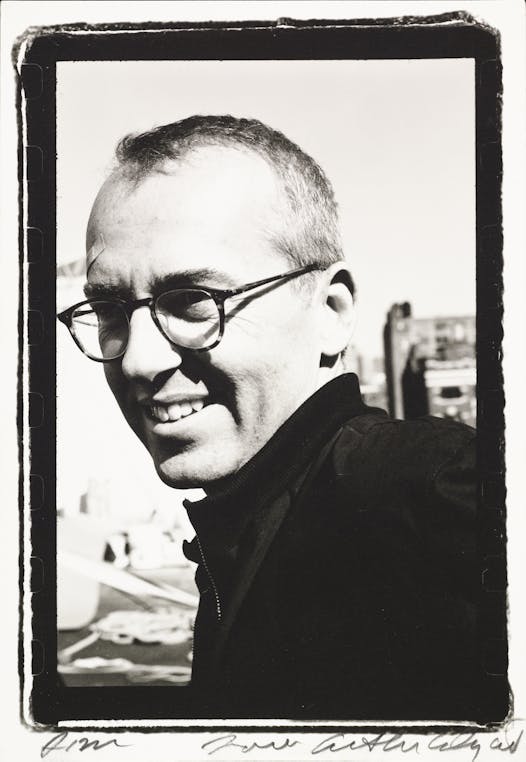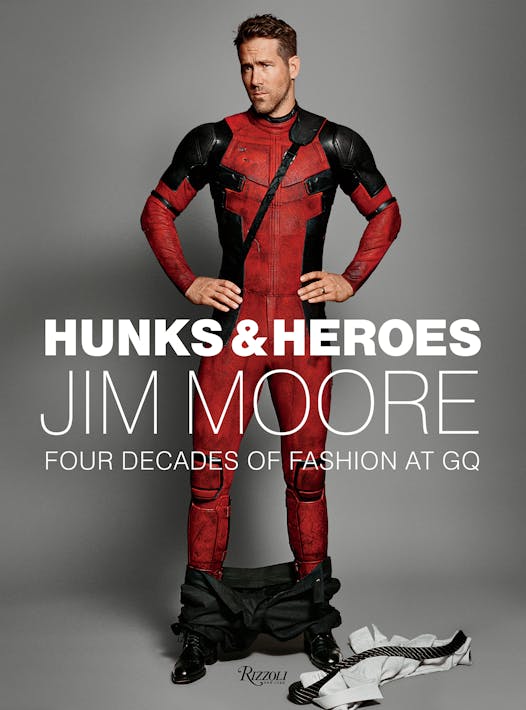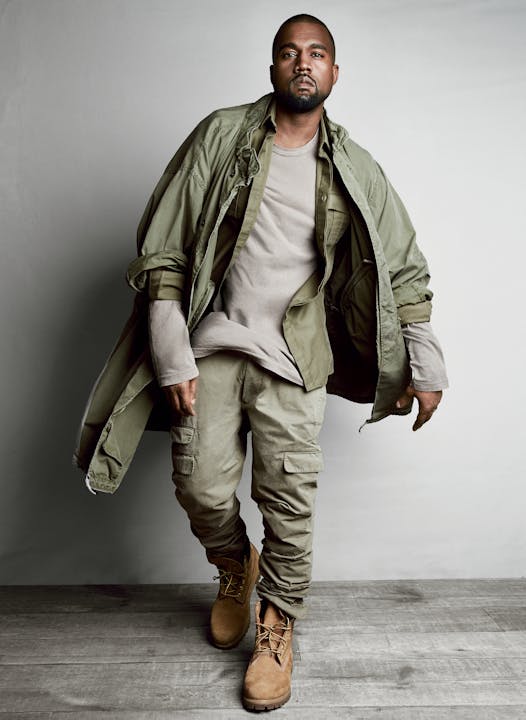In the days leading up to his Twin Cities appearance and book signing, Jim Moore's schedule reflects the fullness of his life. On Wednesday, the longtime creative director for GQ magazine and man behind "Hunks and Heroes: Four Decades of Fashion at GQ," gave a lecture in the "Icons of Fashion" series at the 92nd Street Y in Manhattan. Then he hopped a plane to Chicago to meet a client. On Monday, he ventures back to his childhood home of St. Paul. On Tuesday, he'll make an appearance at the Walker Art Center, where the influential stylist and tastemaker will discuss his 40-year career, the iconic images that made it into his new book, his friendship with Kanye West and how his childhood in Minnesota prepared him for a life of photographing A-list celebrities.
Q: What's it like to come back home?
A: I have a lot of affection for the Twin Cities. I'm not necessarily a sentimental person, but sometimes it's fun to drive by your old high school or remember hanging out at a certain place. And I have a great family, so it doesn't feel heavy to go home.
Q: Did living in "flyover country" inform your understanding of style?
A: It's a nice place to grow up. There's lakes and trees and nice people and clean living. But I think I was always searching for something else. I felt a little bit like a misfit, like maybe this wasn't the place I wanted to be. I would search out what I thought was more sophisticated, so I would hang out at the Walker or I would go to Minneapolis a lot.
Q: So, you were ready to leave?
A: I think I was always searching for the things that weren't there. I lived in St. Paul and I always thought, "Wouldn't it be cool to live in Minneapolis?" So there was that gravitational pull. My mom was really instrumental in it. She basically said, "This town is too small for your dreams and your aspirations. You need to go." That was the most loving thing a parent could do. Later she said that really ripped her apart inside, but she knew it was the right thing to do. So I left for New York, but I always have an affection for the Midwest people. I've shot every celebrity you can imagine, but I'm always looking out for that Everyman. I always tell people that I live in the world of Gucci and Prada but I'm totally flyover-friendly.
Q: In many ways, GQ ushered in the next generation of men caring about fashion and grooming — or at least made it socially acceptable for them to do so.
A: We started to demystify fashion for our readers. Still celebrate it and bump up coverage of high fashion, but at the same time how do we talk to that guy that's out there and show him democratic price points and how to buy a suit for his shape and how to buy a pair of glasses that fits his face and how to shave his beard. It became a magazine that was less about being in the lane of culture and less about being a magazine that you did for your peers as designers and much more a magazine you did for your readers.
Q: You also shifted the focus from models to celebrities. How did that impact the way the average man views fashion?
A: Once you put clothes on a famous celebrity it works in several ways. It makes the clothes aspirational, it ties into hero worship. If you put a camel coat on LeBron James it doesn't necessarily mean you're going to buy a Gucci camel coat for $4,000, but you see the fact that LeBron James is wearing a camel coat and that gives you the confidence to go out and buy that, maybe at Zara or H&M or J. Crew. You can be aspirational and attainable.
Q: GQ just came out with its New Masculinity issue, an exploration of manhood in the #metoo era and a more gender-fluid society. On the cover, hip-hop artist Pharrell is wearing a gown. What was your reaction?
A: I thought the cover was incredible. It's a real tour de force and I think it's very important for GQ to make that statement. It's an issue the staff has been working on for a long time because they wanted to get it right and hit it from all different angles. I love it. I think it's important. I think it's modern. I think it's speaking to the culture.
Q: You developed a career of styling and working with celebrities — most notably, Kanye West, who wrote the foreword of your book. How did you decide that he was the right person for the job?
A: He's a very dear friend of mine. But when I asked him to do the foreword, I was like, "I know we're going to have a really fun day and we're going to show me your house and all the projects you're working on and we're going to hang out with Kim and it's going to be amazing, but I actually need you to sit down on this couch and talk about me for like 30 minutes. Because that's what a foreword is!"
So we sat down on the couch and I turned my recorder on and he was like: "Well, can this be a conversation?" In typical Kanye fashion, it had to have a little twist on it. But he was right. I ran the conversation exactly how it happened. I'm always proud and happy to tell people about my relationship with him because he's an amazing person. He's really compassionate. What people don't understand because they think he's a big ego and all of this, is that he's an incredible listener. He doesn't want you to just talk about the weather; he wants you to deconstruct the universe. I'm crazy about him.
Q: What was it like to sift through all those photos from your past?
A: I fought doing this book for a long time because I'm not a past person. I do these shoots and I know they'll last forever but I'm much more interested in what's next. I remember saying, "Oh, we'll get this done in a weekend." It took us four months because we did it the old-fashioned way. I have a copy of every issue since January 1980 and we would thumb through the whole thing. I was responsible for 30,000 images and somehow had to get that down to a 350-page book. So that was a lot of work. But it was a lot of fun.
Q: What's it like to see your entire career distilled into 350 pages?
A: I did go into it with some trepidation and not wanting to go back — not because there were any bad memories, but just because, "Wow, what are those pictures going to look like?" I was wondering if this was just going to be a potpourri of stuff but halfway through [art director] Dimitri Levas said, "I finally figured it out: You don't like nostalgia. You're a modernist. Even if [former GQ editor] Art Cooper forced you to do a Cary Grant story, it didn't look exactly like a Cary Grant story. It looked timeless." So hopefully when you look through the book there's a modernity to it, a timelessness.
Northern Style
What: A Conversation With GQ Magazine's Jim Moore.
When: 5-7 p.m. Oct. 22.
Where: Walker Cinema, Walker Art Center, 725 Vineland Place, Mpls.
Cost: Free.
More info: walkerart.org/calendar





